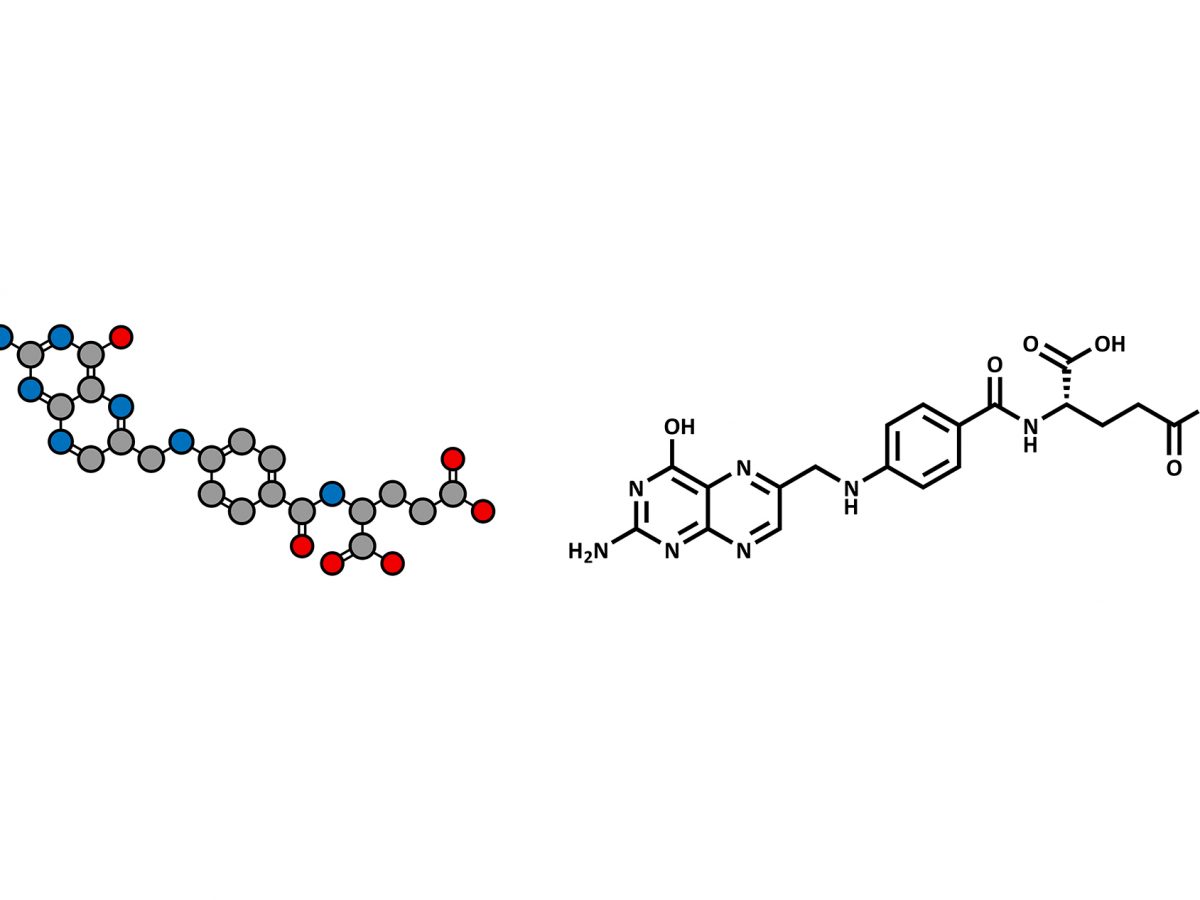INTRODUCTION
In the past, large family size, prolonged breastfeeding and reduced life expectancy limited the number of menstrual cycles experienced by women. Currently, women may experience more than 400 menstrual periods during reproductive life, and problems related to menstruation are a common cause of consultation to gynecologists. Abnormal bleeding can be a consequence of pelvic pathology, including malignant disease, but the majority of women who present with bleeding problems have no underlying abnormality. Indeed, a significant proportion of women who complain of heavy bleeding are found to have normal menstrual loss if this is measured objectively. Concerns about the widespread use of hysterectomy in this situation have led to a well-developed evidence base for medical management. This , together with less invasive surgical methods, has increased the range of options available for the relief of menstrual bleeding problems.
DEFINITIONS
Menorrhagia is heavy, regular blood loss occurring over several consecutive cycles. The accepted definition of heavy blood loss based on objective measurement is more than 80 ml per period, although a loss of 60 ml or more is associated with the development of anaemia. The term menorrhagia excludes inter menstrual or postcoital bleeding and should be distinguished from irregular bleeding or sudden changes in bold loss, all of which may be associated with underlying pathology . Regular heavy bleeding without an identified local cause is also known as dysfunctional uterine bleeding (DUB). It is useful to distinguish between ovulatory dysfunctional bleeding (regular cyclist) and anovulatory dysfunctional bleeding. The latter usually occurs at the extremes of reproductive life and results in prolonged, irregular, sometimes heavy bleeding for which different management strategies are appropriate.
INCIDENCE
It has been estimated that 5 per cent of women aged between 30 and 49 report with excessive menstrual bleeding in a year. Excessive menstrual bleeding accounts for 12 per cent of gynecology referrals .
AETIOLOGY
The aetiology depends on the pattern of abnormal bleeding and is also influenced by the age of the patient and other factors.
Menorrhagia
Fibroids are the commonest structural cause of menorrhagia . Heavy bleeding associated with fibroids is often painless; painful heavy periods may be secondary to adenomyosis . Coagulation disorders are a rare cause of menorrhagia and usually present in young women in whom there is likely to be a history of other bleeding problems.
In cases of objectively confirmed menorrhagia (> 60mL blood loss per period), abnormalities in the local control of menstruation have been described. These include abnormal levels of the vasoconstrictors. Abnormalities of the local coagulation mechanisms have also been described.
Heavy irregular bleeding
Anovulatory menstrual cycles are common following the menarche and in the lead up to the menopause, and abnormal bleeding is a consequence of prolonged stimulation of the endometrium by oestrogen, unopposed by progesterone. Bleeding is painless and in teenagers is usually limited to a few cycles. In the peri menopause, various histological abnormalities may occur, ranging from simple hyperplasia that is reversible by progestogen to severe atypical and malignancy. Anovulatory dysfunctional bleeding is also a well-recognized consequence of polycystic ovary syndrome. Irregular bleeding may be associated with other endocrine disorders, particularly thyroid disease, although the underlying mechanism is unclear.
Intermenstrual and postcoital bleeding
These two frequently co-exist and may have a common etiology. While serious pathology, in particular cervical carcinoma, may be present, most cases are due to benign cause and often no cause can be found. Bleeding at mid-cycle is secondary to the mid-cycle oestradiol surge and is regarded as physiological. In young women, Chlamydia infection may present with Intermenstrual or postcoital bleeding. On visualization of the cervix, benign cervical conditions such as polyps may be present.
MANAGEMENT
Decisions regarding both investigation and treatment are influenced by a number of factors, which include the age and reproductive status of the individual women, the pattern and severity of her symptoms and the degree of disruption that she experiences. Many women may simply seek reassurance. A detailed and accurate history is assessing in eliciting any relevant medical problems and in assessing the impact of the problem for each individual woman.
Investigations
Menorrhagia
Abdominal and bimanual pelvic examinations should be performed, together with a cervical smear if due and a full blood count. If examination is normal , no additional investigations are required prior to the initiation of therapy . If the uterus is felt to be enlarged (>10-12 week size), an ultrasound scan will be helpful in delineating fibroids or excluding other causes of a pelvic mass. If coagulation disorders are suspected, particularly in young women, a clotting screen should be carried out . Where medical treatment has failed , or where there are specific risk factors for endometrial cancer (obesity, tamoxifen therapy, polycystic ovary syndrome), more detailed evaluation of the endometrial cavity should be carried out.
Prolonged or irregular bleeding
Most cases will be associated with the peri menopause. Endocrine investigation is unnecessary unless there is clinical suspicion of thyroid disease or premature ovarian failure .
Endometrial assessment should be clinic based and includes endometrial sampling in combination with either transvaginal ultrasound (TVS) or outpatient hysteroscopy . Hysteroscopy is regarded as a gold standard for endometrial evaluation when used in combination with biopsy.
Intermenstrual and postcoital bleeding
Careful examination of the cervix is essential, and any suspicious findings are an indication for colposcopy. In young women, Chlamydia infection should be excluded Where the bleeding is confined to mid-cycle, further investigation is not required. TVS is a simpler and less invasive primary investigation in the detection of endometrial polyps or submusosal fibroids . Although the incidence of polyps and endometrial abnormalities rises with increasing age, sub mucosal fibroids are more common in younger women.
MEDICAL MANAGEMENT
Non-hormonal therapy
For women menorrhagia requiring non-hormonal treatment, antifibrinolytics (e.g. Tranexamic acid) or non steroidal anti – inflammatory drugs (NSAIDs; e. g. mefenamic acid) are first-line drugs . Both are used only during menstruation and are generally well tolerated. As antifibrinolytics and NSAIDs have different mechanisms of action in menorrhagia, they may be effective when used in combination .
Combined oral contraceptive pill
For women requiring contraception or for whom hormonal agents are acceptable, combined oral contraceptive pill (COCP) preparations are effective in reducing menstrual bleeding, controlling cycle irregularities and relieving menstrual pain.
Progestogen
Cyclical progestogen are traditionally the drug of first choice for the control of anovulatory dysfunctional bleeding.
Progestogen-releasing intrauterine system
The levonorgestrel – releasing intrauterine system (LNG-IUS) is licensed in many countries for the relief of menorrhagia. The continuous exposure of the endometrial to progestogen induces progressive atrophy, with reduction of menstrual bleeding by more than 80 per cent after 3-6 months and more than 90 per cent at 12 months .
Spontaneous expulsion occurs in 3-6 per cent of women and there is an initial incidence of breakthrough bleeding as high as 25-55 per cent in the early months. Progestogen side effects of bloating , breast tenderness, mood swings and acne may occur, and careful counseling is essential prior to insertion .
Other medical therapies
Second-line drugs are available for the control of severe bleeding when simpler measures have failed and, as they reliably induce amenorrhea, are useful in the management of severe anemia or in the presence of medical disorders when surgery may be contraindicated. Gonadotropins releasing hormone (Gnrh) agonists induce a hypogonadal state via their central action. While effective, these approaches are usually limited to short-term use because of their side effects .
SURGICAL MANAGEMENT
While medical treatment should always be used as first-line therapy for menorrhagia , limitations in efficacy and side effects will result in many women seeking a surgical solution for their problem. Traditionally, hysterectomy has been the principal surgical management for menstrual disorders. Hysteroscopy methods of endometrial ablation are now well established as day case or outpatient procedures, and recent developments include ‘second-generation’ techniques that are simpler and safer than conventional methods. In common with all surgical procedures, adequate information and counseling are essential in the decision-making process
Endometrial ablation
The object of endometrial is the complete destruction of the endometrial down to the basal layer, resulting in fibrosis of the uterine cavity and amenorrhea . In practice it is very difficult to achieve complete destruction, and rates of amenorrhea are rarely in excess of 20-30 per cent. However, patient satisfaction rates are over 70 per cent in the short term .
Established techniques carried out under direct hysteroscopy vision involve the use of fluid for distension and irrigation . These comprise:
- Laser ablation,
- Endometrial loop resection using electro diathermy,
- Roller ball electro diathermy ablation.
Of these, laser ablation is limited by its costs to a very few centres. All three are operator dependent, time consuming and carry risks of systemic fluid absorption, haemorrhage and uterine perforation with heat damage to adjacent structures.
Newer techniques have been developed with the object of reducing operator dependency and minimizing risk. Of these, the best evaluated to date are microwave and thermal balloon ablation. Endometrial ablation should be offered as a treatment option to women with a history of failed medical treatment for menorrhagia .
KEY POINTS
- Clinical presentation with heavy menstrual bleeding may be influenced by the presence of other menstrual complaints .
- Young women presenting with Intermenstrual or postcoital bleeding should be tested for Chlamydia .
- Primary investigation of abnormal bleeding should be by TVS and endometrial biopsy followed by hysteroscopy if findings are abnormal or equivocal .
- NSAIDs and antifibrinolytics are effective in the management of menorrhagia .
- The COCP is effective for menorrhagia provided there are no contraindications
- Cyclical progestogen are effective for menorrhagia when given for 21 days out of 28 and for control of anovulatory dysfunctional bleeding .
- Continuous high-dose progestogen (e. g. depot preparations ) may be useful if they induce amenorrhea .
- The LNG-IUS device is highly effective in relieving menorrhagia, but adequate counseling is needed prior to insertion .
- Drugs that induce amenorrhea are useful for the short-term management of severe menorrhagia or for endometrial thinning prior to endometrial ablation .
- Endometrial polyps and small sub mucous fibroids should be removed by hysteroscopy surgery.
- Endometrial ablation is cheap, safe and effective for the relief of menorrhagia in the short term and outcome is best if it is carried out in women over the age of 45 .
- Newer techniques of ablation are as effective as older techniques and are simpler to perform [I].
- Long-term satisfaction is high with hysterectomy but it is associated with significant morbidity and mortality and should be offered only if simpler alternatives have failed
- Vaginal hysterectomy may be more cost effective than the abdominal route but outcome is more dependent on the skill of the operator.
- The route selected for hysterectomy should be determined by the skill and experience of the individual surgeon.
SOURCE: RCOG









